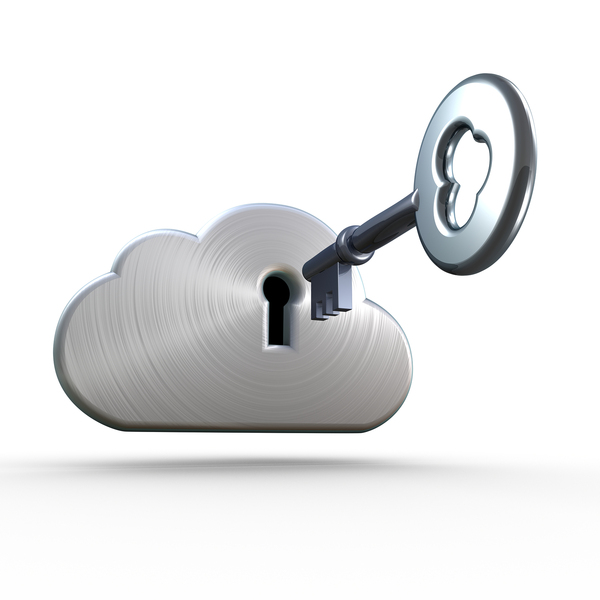More than a decade after cloud computing normalized, it’s still probably a lot safer than your on-premises data center. But new threats and more sophisticated versions of old threats are making their way to a server near you. Given that most enterprise business strategy now incorporates at least some version of the cloud, what security worries should still keep business leadership up at night?
Data Breaches
The first and most obvious risk to mitigate is the threat of data breaches. The theft of corporate data is both more common and more costly than many business leadership teams may realize. From the theft of intellectual property to the damage to corporate reputations, these security incidents can impact you for years. In the US, the average cost of one data breach is $3.92 million. In the first six months of 2019, hackers exposed more than 4.1 billion records.
The good news, if you have data in the cloud, is that these breaches did not occur at the cloud level. These security incidents were primarily housed within on-premises server rooms at major corporations. The reality is that the cloud remains safer than on-prem; cloud vendors provide extensive security coverage of their assets and update them constantly. However, businesses with in-house data storage remain at risk of a data breach.
Change Controls
When computer assets are set up improperly, it leaves IT networks vulnerable to malicious activity. From default settings left unchanged to disabled security controls to unpatched servers, organizations remain at risk. As corporations create multi-cloud environments, the complexities of managing these networks may cause IT administrators to miss critical settings.
Since cloud deployment is all about speed, automation, and an easy end-user experience, it is easy for technology teams to go on autopilot. Once the data hits the cloud provider’s server room, it is safe. But what happens to the data at rest and in transit on the corporate network? Network managers must properly instigate change control protocols to ensure the security of their on-premise data as well as on the devices that access it.
Missing Cloud Security Architectures
While business leadership may have embraced cloud computing as a business strategy, they must ensure the implementation of security protocols on the ground. Cloud computing requires a shared security response. From training employees to embracing security protocols to creating security architecture for the data before it uploads, IT administrators must formulate appropriate cloud security architecture or run the risk of becoming a security statistic.
Credential, Access, and Key Management
Developing the tools and policies necessary to govern your IT strategy is critical to maintaining a secure cloud experience. IT teams must set expectations with employees around the use of digital files, system access, and physical access to corporate hardware and software. Developing internal identity management protocols for both public and private clouds will help keep your devices and on-prem data safer.
The responsibility for data security is shared between you and your cloud provider.
Insecure APIs and Interfaces
The beauty of the cloud is the ability to interface with multiple vendors via application program interfaces (APIs). But the security of these tools is only as good as the vendor that designed the API. Poorly designed code could lead to a data breach.
While most IT leadership work diligently to design security protocols to protect their on-premise and transmitted data, the management and orchestration of security protocols is a shared responsibility between the cloud vendor and their corporate client. While cloud providers remain very secure, can the same be said about your company?
